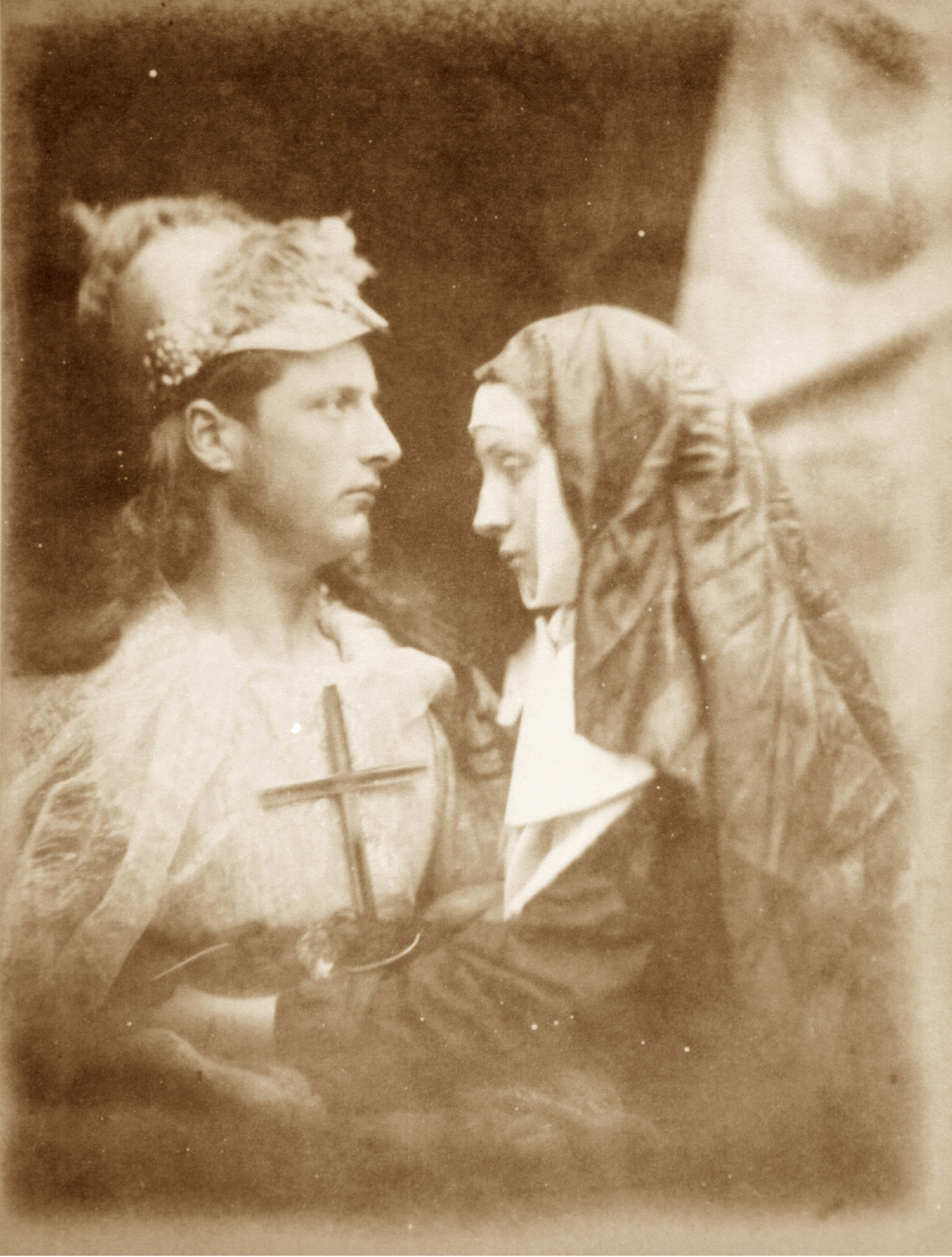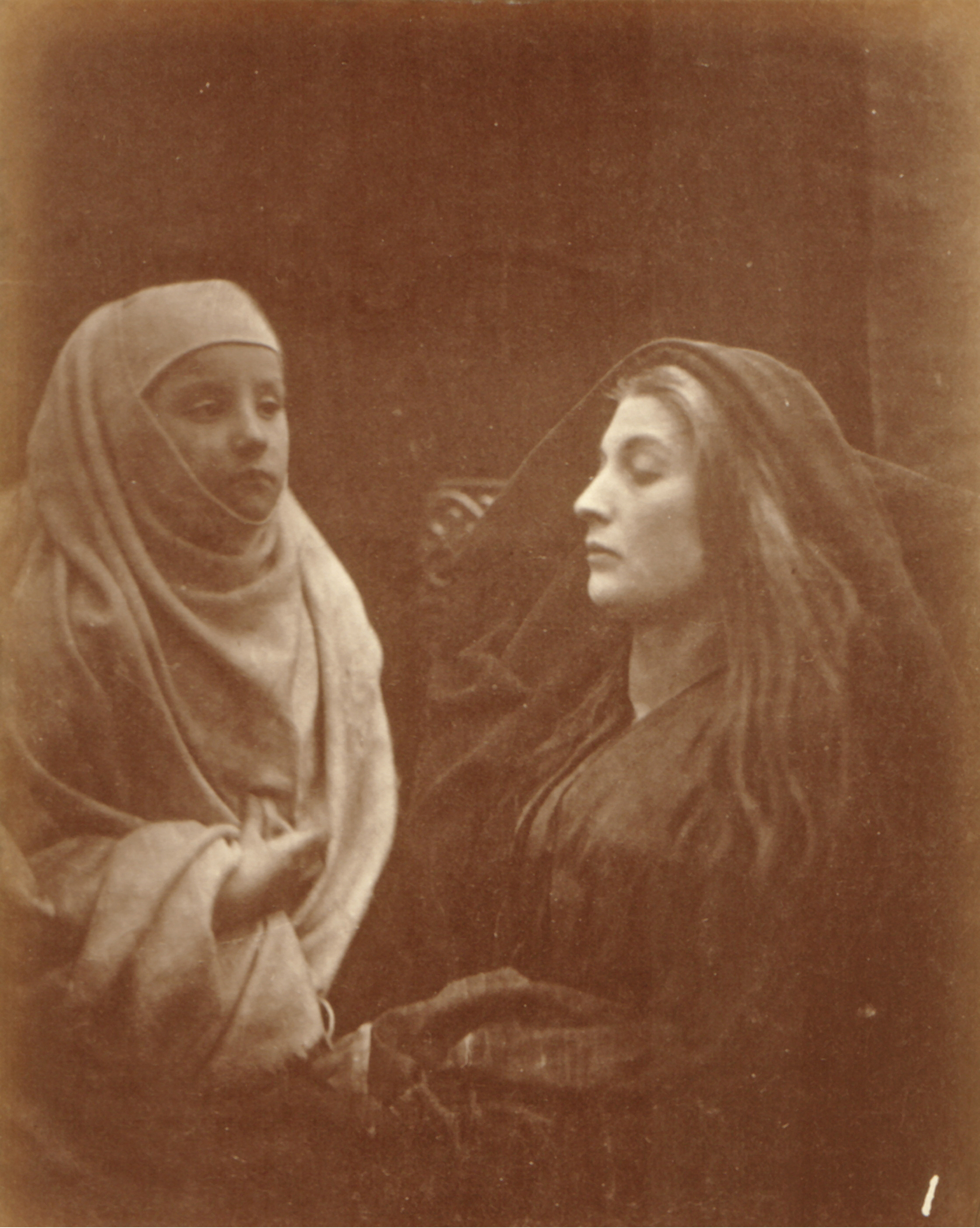Music, Lyrics and imagery work in synergy:
- Music and dance moves work together
- Some of her movements match lyrics for instance a 'tears' movement
Performance Drives the music video and is sustained throughout:
- Feist's performance is the focus throughout
- She is never off screen
- She starts the music video alone, establishing her as the focus
Artist lip-synch believably throughout:
- Yes
Role of band may switch between artist performance and character:
- Feist continually performs throughout the video
Singing/Dancing/Playing Instruments:
- There is singing and dancing all the way though
- The dancers come and go
- Creative dance positions and formations provide the entertainment value
Conform to expectations of genre/artist:
- This was her first hit so it established her repuation as an artist
- Quirkiness of the video is reflective of the indie genre
- Made her appear funny, different and interesting
Artist Performance is engaging/impactful/visually striking:
- Feist is the main performer, stnading out in a blue glittery jumpsuit
- The complex cheorography is emphasised by the dancer's bright costumes, with Feist being the centre of the dance, drawing attention to her
- The shapes the dancers create around her as well as how she is lifted up
Highly Stylised costume/hair/make up/background/effects:
- Brightly coloured costumes
- Feist stands out because she wears sequins
- Backing dancers are a range of ages, genders and races
- Casual, laid back clothes
- Plain background of the warehouse contrasts with dancers
- Blocks of coloured board leaning against the walls
- Everything is quirky and connotes a sense of joy and fun
Strong Sense of Development is expected:
- Cyclical - begins and ends with her alone as the dancers appear and then disappear behind Feist
- Dance grows more ambitious and exciting
- Builds up to when she is put down and the dancers skip in lines
- Creating a sense of quirkiness, fun and prettiness around her
- Establishes her as creative and someone to keep an eye on
- The brightness and happiness of the video is appealing
- The dancing looks really fun, and the originality of the video means that it would attract many new fans
Beauty/Money Shots:
- Feists jumpsuit, stylish hair and the fact that she is at the forefront of the video
- There are a few MSs and CUs, but she is the focus of the shot throughout the entire video
- The originality of the idea makes her seem more aspirational
Extreme juxtapositions and binary oppositions:
- The camera tracks in and out very quickly
- At one point it spins around as it tracks through the tunnel of dancers
- The greyness of the warehouse compared to the brightness of the mise en scene
Discontinious editing:
- There is only one shot
- When the dancers come in and go out may be an example
Polysemic:
- When the dancers from a spiral around her it not only makes her the centre, but also connotes time as it is reminiscent of a clock shape (which relates to the lyrics '1234'), as well as snails or shells
- The quirkiness and originality of it menat many people shared it online
- It's cleverness appealed to people
- The way the dancers appear and reappear is particurlarly impressive, and the intricacy of the dance being filmed in one shot impresses






